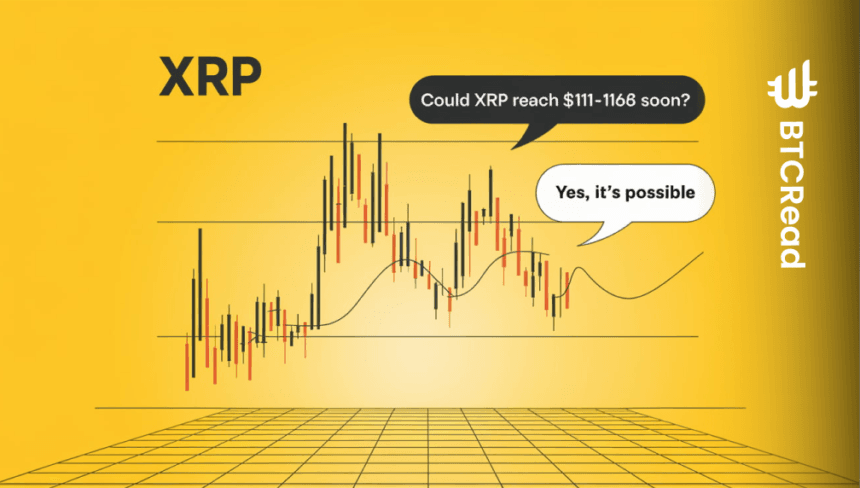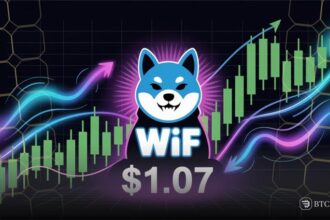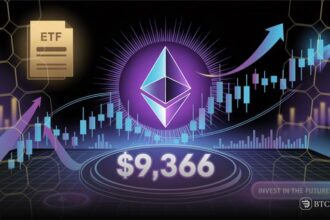XRP is entering a phase in its price cycle, with forecasts suggesting a surge that could reach as high as $16.50. A recent analysis by market analyst JAVONMARKS has outlined a path for XRP to see a move of over 7,200%. Based on historical price cycles and Fibonacci levels, this could push the token into a price range of $111 to $168.
The technical analysis chart shared by JAVONMARKS uses Fibonacci retracement and extension levels to project XRP’s future price movements. By examining price patterns dating back to August 2014, the chart identifies key Fibonacci levels, 1.618, 2.272, and 2.414, that could serve as targets for future price action.
The chart highlights that XRP is at a critical juncture, just below a major resistance point, which could dictate whether the token breaks out or continues consolidating.
The chart also references XRP’s major price spike in mid-2017, framed within the Fibonacci context, suggesting that the token may be set for a rally of similar magnitude. If market conditions align, this rally could push the token to new highs, surpassing previous resistance levels.
Market activity: Recent performance and volatility
Over the past 24 hours, XRP’s price has recorded gains, trading at $2.16 with a 0.14% increase. However, the price fluctuates within a narrow range between $2.15 and $2.18, reflecting the market’s cautious stance.
Despite the price increase, XRP’s market volume has seen a 12.49% decline, reaching $4.85 billion. However, the token’s market cap remains strong at $124.02 billion, with its circulating supply at 57.41 billion.
XRP Key indicators: RSI, Bollinger Bands, and MACD
The technical indicators currently shaping XRP’s market behavior are the Relative Strength Index (RSI), Bollinger Bands, and MACD. The RSI stands at 44.23, indicating a mildly bearish trend and suggesting that XRP may be oversold. A potential reversal could occur if the RSI moves above the neutral 50 mark, signaling a shift toward bullish momentum.
The Bollinger Bands, on the other hand, indicate compressed prices between $2.09 and $2.33, which is a period of low volatility and contraction. Pumps are usually found to occur before price movements within this low range. The upper band acts as resistance; breaking above it could mean upward action for XRP, and a break below the lower band could mean a bearish prognosis.
The Moving Average Convergence Divergence (MACD) also suggests a short-term downtrend, as the MACD line is below the signal line. However, the narrowing histogram suggests that the bearish momentum is weakening.







